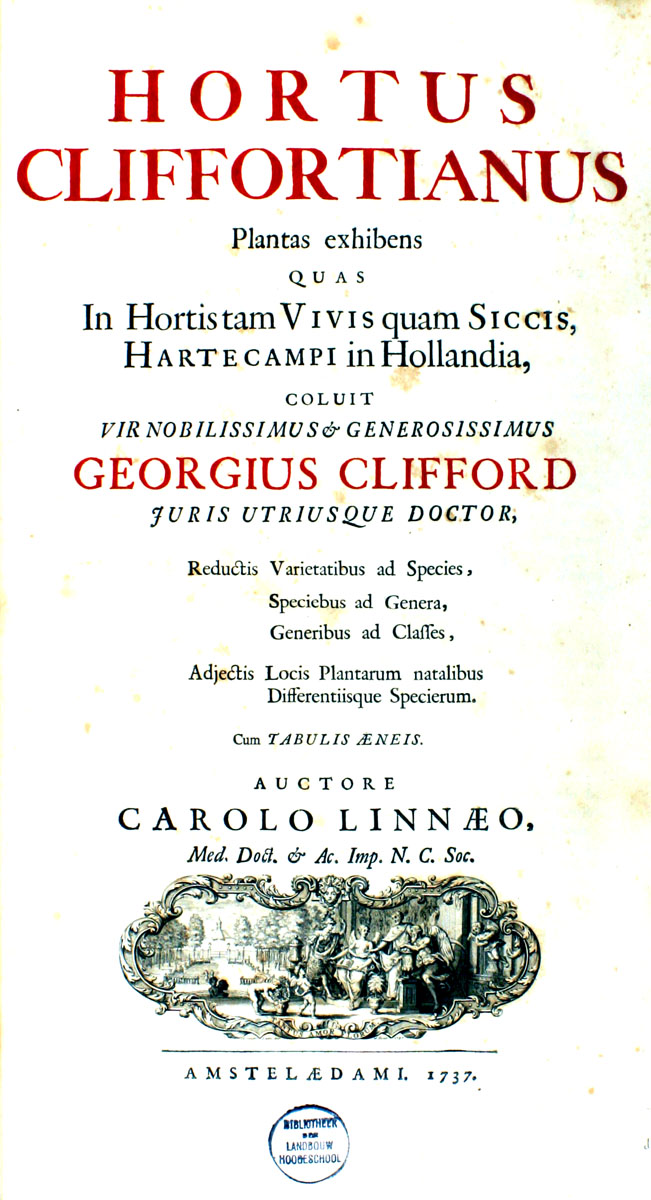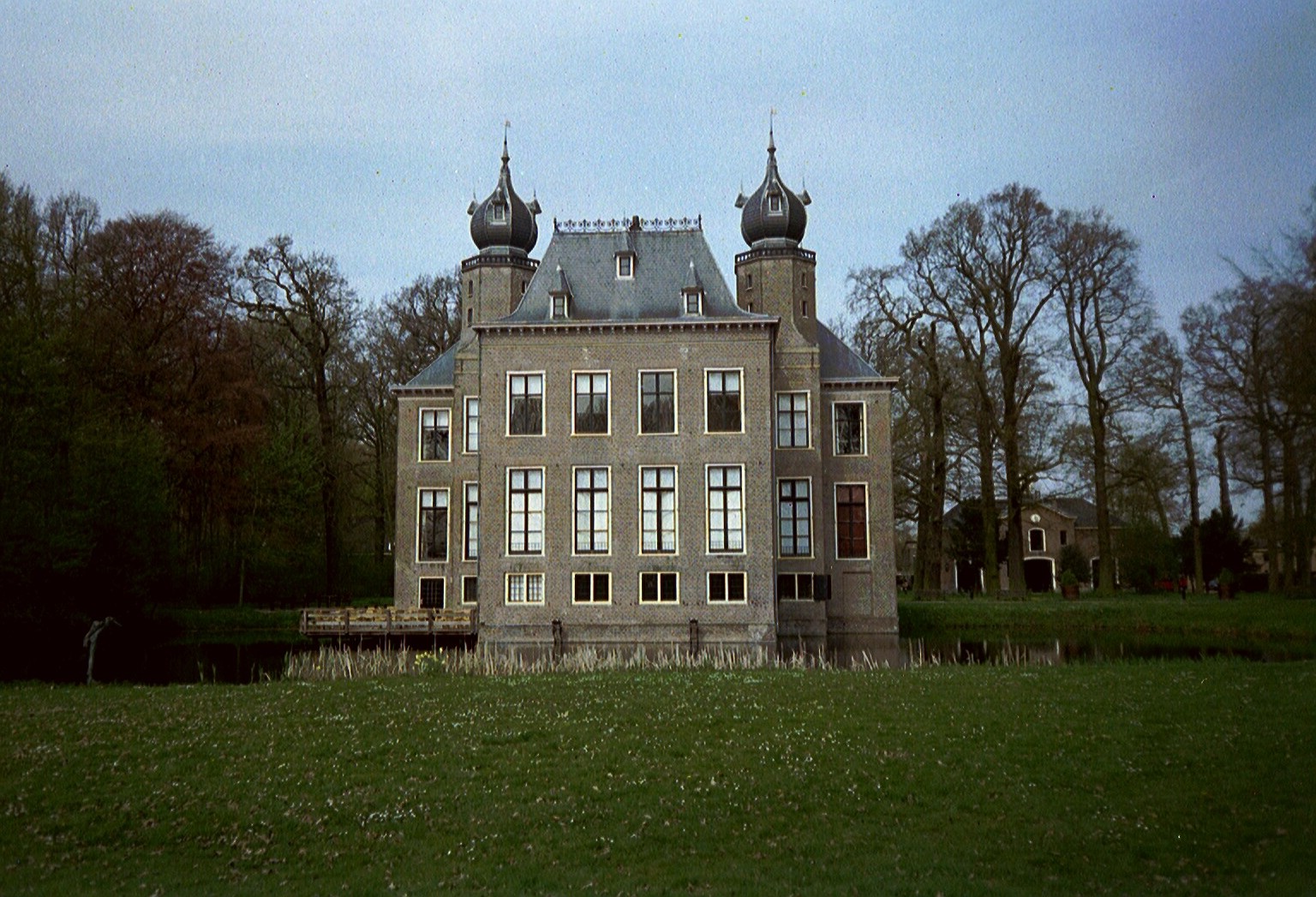|
Leidsevaart
The Leidsevaart (also known as Leidse trekvaart, Dutch for "Leiden's Pull-Canal") is a canal between the cities of Haarlem and Leiden in the Netherlands. It was dug in 1657, making it one of the oldest canals in the Netherlands. It was the major means of transport between Leiden and Haarlem for almost two centuries until the rail connection was established in the 19th century. The original stops along the railway mirrored the toll bridges of the canal. The canal runs through or borders the municipalities of Haarlem, Heemstede, Bloemendaal, Hillegom, Noordwijkerhout, Lisse, Teylingen, Oegstgeest, and Leiden. History The Leidsevaart was the extension of the ''Haarlemmertrekvaart'' (Haarlem's Pull-Canal) connecting Amsterdam to Haarlem. Travel on these canals was done by trekschuit for people, and by barge for goods, which were pulled by animals (and sometimes by man-power) on a towpath along the canal's edge. It was reliable, comfortable and cheap. The speed was about 7 kilometers ... [...More Info...] [...Related Items...] OR: [Wikipedia] [Google] [Baidu] |
Stagecoach
A stagecoach is a four-wheeled public transport coach used to carry paying passengers and light packages on journeys long enough to need a change of horses. It is strongly sprung and generally drawn by four horses although some versions are drawn by six horses. Commonly used before steam-powered rail transport was available, a stagecoach made long scheduled trips using ''stage stations'' or posts where the stagecoach's horses would be replaced by fresh horses. The business of running stagecoaches or the act of journeying in them was known as staging. Some familiar images of the stagecoach are that of a Royal Mail coach passing through a turnpike gate, a Dickensian passenger coach covered in snow pulling up at a coaching inn, a highwayman demanding a coach to "stand and deliver" and a Wells Fargo stagecoach arriving at or leaving a Wild West town. The yard of ale drinking glass is associated by legend with stagecoach drivers, though it was mainly used for drinking feats and ... [...More Info...] [...Related Items...] OR: [Wikipedia] [Google] [Baidu] |
Huis Te Manpad
The Huis te Manpad is an historical villa and former summer home of Jacob van Lennep in Heemstede, the Netherlands; bordered by the Leidsevaart canal, the Manpadslaan, and the Herenweg. It neighbors the estate of Hartekamp, famed for the gardens described by Carl Linnaeus. Both estates still have trees and other flora dating from that period. The Haarlem archives have material about the estate dating back to 1558. The current main building dates from 1630. It was restored in 1720 when the gardens received an overhaul (the same ''Arcadia'' gardening period in the Haarlem area that drew Linnaeus to Hartekamp). In 1767 the villa came into the possession of the Van Lennep family, who owned it up to 1953. In 1945 it was again restored by Monumentenzorg. Thanks to the loving care of the Van Lennep's, the gardens were almost intact in the form they had been in Linnaeus's day, and it is currently being restored. The most recent private owner, Jan Visser, gave it to the ''Stichting Huis ... [...More Info...] [...Related Items...] OR: [Wikipedia] [Google] [Baidu] |
Carl Linnaeus
Carl Linnaeus (; 23 May 1707 – 10 January 1778), also known after his ennoblement in 1761 as Carl von Linné Blunt (2004), p. 171. (), was a Swedish botanist, zoologist, taxonomist, and physician who formalised binomial nomenclature, the modern system of naming organisms. He is known as the "father of modern taxonomy". Many of his writings were in Latin; his name is rendered in Latin as and, after his 1761 ennoblement, as . Linnaeus was born in Råshult, the countryside of Småland, in southern Sweden. He received most of his higher education at Uppsala University and began giving lectures in botany there in 1730. He lived abroad between 1735 and 1738, where he studied and also published the first edition of his ' in the Netherlands. He then returned to Sweden where he became professor of medicine and botany at Uppsala. In the 1740s, he was sent on several journeys through Sweden to find and classify plants and animals. In the 1750s and 1760s, he continued to collect an ... [...More Info...] [...Related Items...] OR: [Wikipedia] [Google] [Baidu] |
Hortus Cliffortianus
The ''Hortus Cliffortianus'' is a work of early botanical literature published in 1737. The work was a collaboration between Carl Linnaeus and the illustrator Georg Dionysius Ehret, financed by George Clifford in 1735-1736. Clifford, a wealthy Amsterdam banker was a keen botanist with a large herbarium and governor of the Dutch East India Company. He had the income to attract the talents of botanists such as Linnaeus and artists like Ehret and Jan Wandelaar. Together at the Clifford summer estate Hartecamp, which was located south of Haarlem in Heemstede near Bennebroek Bennebroek () is a village and former municipality in the northwest Netherlands, now part of Bloemendaal, North Holland. Before its merger, it was the smallest municipality in the Netherlands, covering an area of only 1.75 km². History Be ..., they produced the first scholarly classification of an English garden. References ''Hortus Cliffortianus'' 1737, is online as an open access text at Biodi ... [...More Info...] [...Related Items...] OR: [Wikipedia] [Google] [Baidu] |
Hartekamp
Hartekamp, or Hartecamp, is the name of a villa in Heemstede, North Holland, the Netherlands, on the Bennebroek border. It was once the Buitenplaats of George Clifford, who employed Carl Linnaeus in 1737 to write his '' Hortus Cliffortianus'', a detailed description of the gardens of Hartecamp. History The house was built by Johan Hinloopen in 1693Rijksmonument report who designed the basic garden and built the orangerie An orangery or orangerie was a room or a dedicated building on the grounds of fashionable residences of Northern Europe from the 17th to the 19th centuries where orange and other fruit trees were protected during the winter, as a very lar .... It passed into Clifford's hands in 1709. The wings on either side of the main building were added after it left the Clifford family. The Clifford banking dynasty went bankrupt in 1772 and the estate went out of the family in 1788. The original editions of the ''Hortus Cliffortianus'' and other works of Linnaeus ... [...More Info...] [...Related Items...] OR: [Wikipedia] [Google] [Baidu] |
Huis Te Vogelenzang
The Hui people ( zh, c=, p=Huízú, w=Hui2-tsu2, Xiao'erjing: , dng, Хуэйзў, ) are an East Asian ethnoreligious group predominantly composed of Chinese-speaking adherents of Islam. They are distributed throughout China, mainly in the northwestern provinces and in the Zhongyuan region. According to the 2011 census, China is home to approximately 10.5 million Hui people. The 110,000 Dungan people of Kazakhstan and Kyrgyzstan are also considered part of the Hui ethnicity. The Hui have a distinct connection with Islamic culture. For example, they follow Islamic dietary laws and reject the consumption of pork, the most commonly consumed meat in China, and have developed their own variation of Chinese cuisine. They also dress differently than the Han Chinese, some men wear white caps (taqiyah) and some women wear headscarves, as is the case in many Islamic cultures. The Hui people are one of 56 ethnic groups recognized by China. The government defines the Hui pe ... [...More Info...] [...Related Items...] OR: [Wikipedia] [Google] [Baidu] |
Keukenhof
Keukenhof (English: "Kitchen garden"; ), also known as the Garden of Europe, is one of the world's largest flower gardens, situated in the municipality of Lisse, in the Netherlands. According to the official website, Keukenhof Park covers an area of and approximately 7 million flower bulbs are planted in the gardens annually. Keukenhof is widely known for its tulips, and it also features numerous other flowers, including hyacinths, daffodils, lilies, roses, carnations and irises. Keukenhof is located in the province of South Holland, south of Haarlem and southwest of Amsterdam in the area called the "Dune and Bulb Region" (Duin- en Bollenstreek). It is accessible by bus from Haarlem and Leiden train stations as well as Schiphol. Though its grounds are open year-round for private affairs and festivals, Keukenhof is only open to the general public for a world-renowned 8 week tulip display from mid-March to mid-May, with peak viewing arriving near mid-April, depending on growing sea ... [...More Info...] [...Related Items...] OR: [Wikipedia] [Google] [Baidu] |
Herman Boerhaave
Herman Boerhaave (, 31 December 1668 – 23 September 1738Underwood, E. Ashworth. "Boerhaave After Three Hundred Years." ''The British Medical Journal'' 4, no. 5634 (1968): 820–25. https://www.jstor.org/stable/20395297.) was a Dutch botanist, chemist, Christian humanist, and physician of European fame. He is regarded as the founder of clinical teaching and of the modern academic hospital and is sometimes referred to as "the father of physiology," along with Venetian physician Santorio Santorio (1561–1636). Boerhaave introduced the quantitative approach into medicine, along with his pupil Albrecht von Haller (1708–1777) and is best known for demonstrating the relation of symptoms to lesions. He was the first to isolate the chemical urea from urine. He was the first physician to put thermometer measurements to clinical practice. His motto was ''Simplex sigillum veri'': 'Simplicity is the sign of the truth'. He is often hailed as the "Dutch Hippocrates". Biography Boerhaave ... [...More Info...] [...Related Items...] OR: [Wikipedia] [Google] [Baidu] |
Oud Poelgeest
Oud Poelgeest is castle in Oegstgeest, north of Leiden, that was the former home of the Dutch scientist Herman Boerhaave (1668–1738). He was a Dutch humanist and physician of European fame. History The castle was built in 1668 on the foundations of an earlier construction, in the then popular Dutch Neoclassical style.Dutch Rijksmonument site 515703 (see also 515706 and 515708) It was probably built by the Haarlem architect Erasmus den Otter. The former castle, whose stone well from 1550 still exists in the woods, had been destroyed by the Spanish in 1574. Boerhaave bought the castle in 1724 and designed the garden for his large botanical collection that no longer fit in the Hortus Botanicus Leiden. This site was renowned during his lifetime and rivaled Hortus Cliffortianus, the garden of his friend and sponsor to Linnaeus. He traveled back and forth to his friend's garden and to the Leiden University by trekschuit. All who traveled back and forth between Rotterdam and Amsterd ... [...More Info...] [...Related Items...] OR: [Wikipedia] [Google] [Baidu] |
.jpg)





